Increased Research Funding
The Adaptive Optics Market is positively influenced by increased funding for research and development across various sectors. Government and private institutions are investing heavily in projects that utilize adaptive optics for applications ranging from biomedical imaging to environmental monitoring. This influx of funding is expected to accelerate technological advancements and broaden the scope of adaptive optics applications. Recent reports indicate that research funding in optics-related fields has seen a rise of approximately 20% in the last two years, suggesting a robust future for the adaptive optics market as new applications emerge.
Rising Demand in Astronomy
The Adaptive Optics Market is experiencing a notable surge in demand, particularly within the field of astronomy. As telescopes become increasingly sophisticated, the need for adaptive optics systems to correct atmospheric distortions is paramount. This technology enhances image quality, allowing astronomers to observe celestial bodies with unprecedented clarity. Recent data indicates that the market for adaptive optics in astronomy is projected to grow at a compound annual growth rate (CAGR) of approximately 10% over the next five years. This growth is driven by advancements in telescope design and the increasing number of astronomical research projects that require high-resolution imaging capabilities.
Growth in Consumer Electronics
The Adaptive Optics Market is also benefiting from the growth in consumer electronics, particularly in high-end imaging devices. As consumers demand better image quality in cameras and smartphones, manufacturers are increasingly incorporating adaptive optics technology to meet these expectations. This trend is evident in the rising sales of devices equipped with advanced optical systems, which are projected to reach a market value of several billion dollars by 2026. The integration of adaptive optics in consumer products not only enhances user experience but also drives innovation in optical design and manufacturing.
Expansion in Defense and Security
The Adaptive Optics Market is witnessing significant expansion in the defense and security sectors. Military applications, such as surveillance and reconnaissance, increasingly rely on adaptive optics to improve the performance of optical systems. These systems enhance target detection and tracking capabilities, which are crucial for modern warfare. The defense sector's investment in advanced technologies is expected to drive the adaptive optics market, with estimates suggesting a potential market size increase of over 15% in the coming years. This trend reflects a broader shift towards integrating cutting-edge technologies to enhance operational effectiveness.
Emerging Applications in Biomedical Imaging
The Adaptive Optics Market is experiencing growth due to emerging applications in biomedical imaging. Adaptive optics technology is increasingly being utilized in medical devices to enhance imaging capabilities, particularly in ophthalmology and microscopy. This technology allows for high-resolution imaging of biological tissues, which is crucial for early disease detection and treatment planning. The market for adaptive optics in biomedical applications is projected to grow significantly, with estimates indicating a CAGR of around 12% over the next five years. This growth reflects the increasing recognition of adaptive optics as a vital tool in advancing medical imaging techniques.


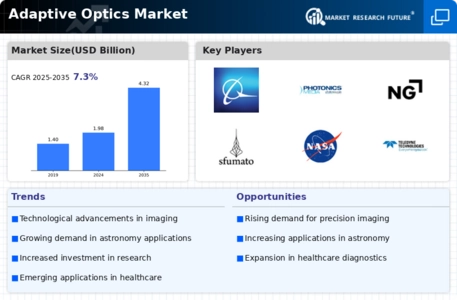


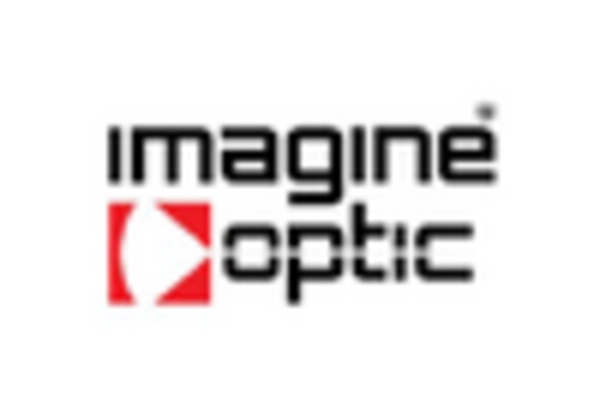
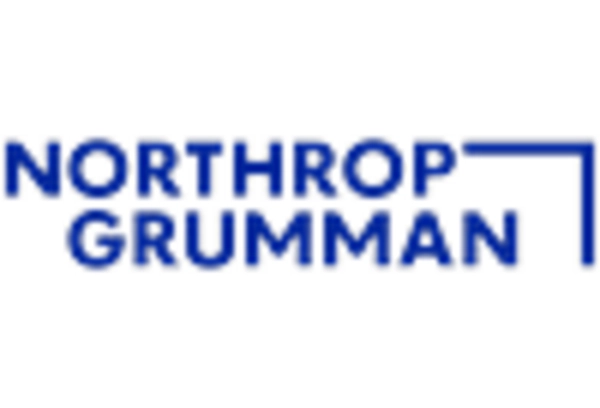
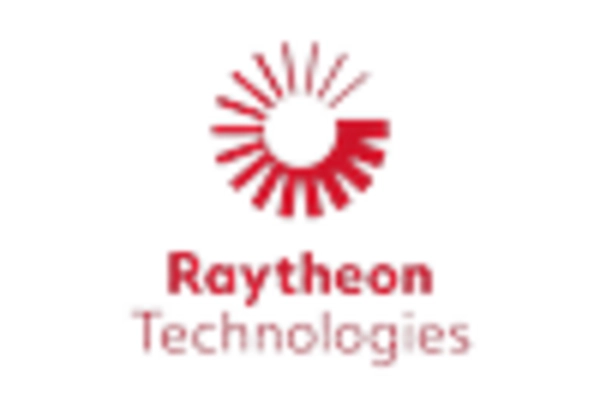

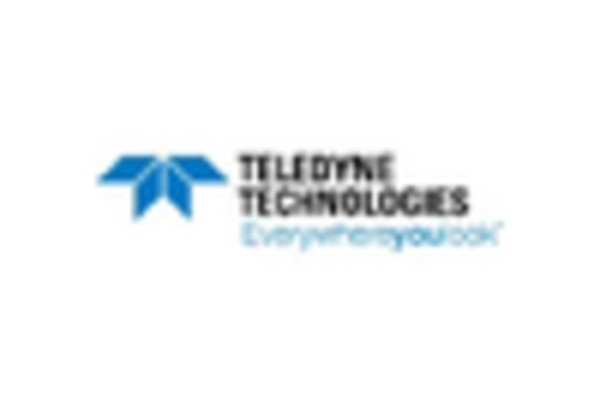








Leave a Comment